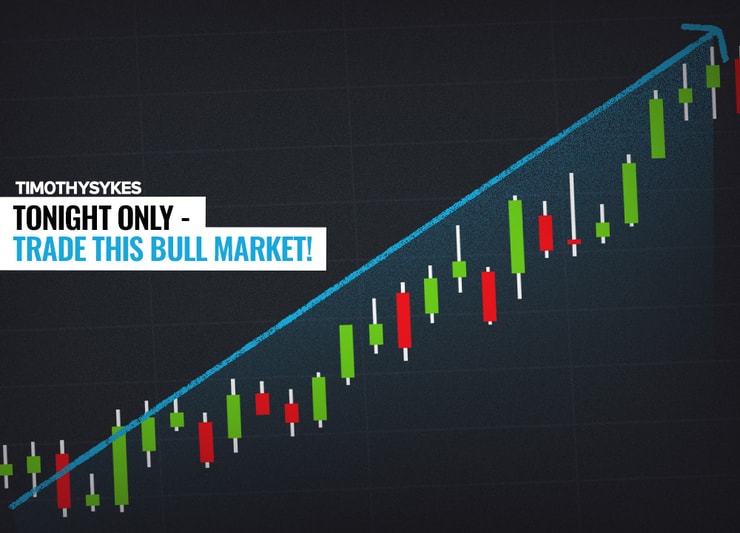There’s speculation that we’re on the verge of a market pullback.
Major indices have already spiked more than 10% in 2024. There are concerns that the move is unsustainable.
But I’m not worried …
In fact, I’m gearing up for another surge upward.
And since three out of four stocks follow the market, I’m also prepared for some INSANE stock spikes in the weeks and months ahead.
We’re not even halfway through 2024 and my trading account is up by a net $82,818. As far as I’m concerned, that was during the wimpy part of 2024.
Think about that … We watched VivoPower International PLC (NASDAQ: VVPR) spike 580% in less than two days this week. And the upcoming moves on the horizon are capable of dwarfing a run like that.
The VVPR spike is below, this stock is still in play! Keep it on your watchlist:

The government is scheduling a massive catalyst to take effect soon!
I estimate that we’ve got about a month to prepare. And that’s better than nothing. Last time the government did this we had no time. It was in 2020 after the COVID crash.
And immediately after the government took action, markets rallied 100%.
There’s a chart of the S&P 500 ETF Trust (NYSE: SPY) during that time period below:

There’s no time to screw around. Get ahead of this catalyst!
The Next Trade Opportunity

2025 Millionaire Media, LLCVVPR isn’t the only stock running right now.
Another example is Canopy Growth Corporation (NASDAQ: CGC). See my student’s Tweet below:
We trade a lot of different tickers. But here’s the one similarity: All of these stocks follow the exact same framework.
I noticed this specific price action when I first started trading over 20 years ago. I became obsessed with it. I figured I’d ride the obvious momentum until enough people knew about these setups and then they’d probably go away.
But the opposite happened … It’s 20 years later and these stock spikes keep getting bigger. For example, take a look at the insane spikes on MicroCloud Hologram Inc. (NASDAQ: HOLO) over the last few years:

It’s not about IF there will be another spike. It’s about WHEN.
And whether you’ll be prepared …
The Next Bull Run!

2025 Millionaire Media, LLCWhen the market is hot, we see more trade opportunities. That’s why I’m excited right now.
There’s a government catalyst valued at $2 trillion that’s about to hit the market.
- I’m watching recent runners like VVPR for continued moves.
- I’m watching past legendary spikers like HOLO.
It’s all on the table once the U.S. government makes this move …
Tonight I’m going LIVE at 8 P.M. Eastern to bring this information to you and my other students. The last time this happened was in 2020, and there wasn’t any time to prepare.
But it’s 2024 … And this time we can see this catalyst from a mile away.
I’m holding this conference a month in advance so that you have time to prepare. It takes a bit of experience to feel comfortable with this trading process. Especially when there are stocks spiking +100% intraday.
Use this head start as an advantage!
Because when the market booms, everyone else will have to catch up. You and me, we’ll be ready.
>> Join Our $2 Trillion Market Brief Tonight at 8 P.M. Eastern <<
I’ll see you there.
Cheers.








Leave a reply